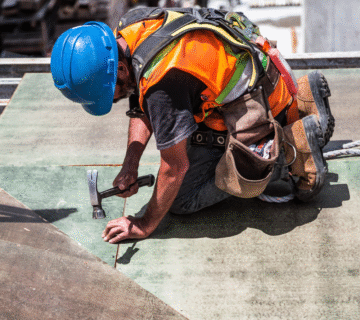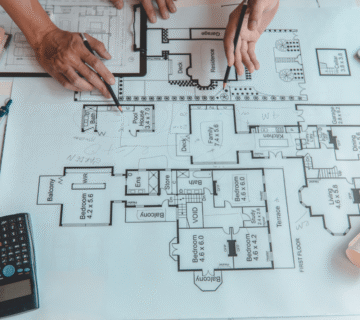Choosing the right delivery method sets the tone for budget, schedule, and risk. Two models dominate: Traditional (Design–Bid–Build) and Design–Build. Here’s a clear comparison to help you decide.
What is Traditional Delivery (Design–Bid–Build)?
-
Architect/engineer completes drawings.
-
Contractors bid the finished design.
-
Owner manages separate contracts.
Strengths
-
Clear separation of design and construction.
-
Competitive bidding can reduce initial price.
Watch-outs
-
Longer timeline (sequential phases).
-
Gaps between design intent and constructability.
-
Change orders if drawings miss field realities.

What is Design–Build?
-
Single contract for design and construction.
-
One accountable team from concept to handover.
Strengths
-
Faster delivery (overlapping design and build).
-
Cost/scope alignment from day one.
-
Fewer change orders; better collaboration.
Watch-outs
-
Requires trust in one partner.
-
Owner must define performance goals early.
Cost, Schedule, Risk—Side by Side
-
Cost: Design–build manages scope creep early; traditional may look cheaper upfront but can add extras later.
-
Schedule: Design–build typically faster due to parallel workstreams.
-
Risk: Design–build centralizes accountability; traditional spreads it (and disputes) across parties.
When to Choose Which
-
Design–Build if you need speed-to-market, tight cost control, or a single point of accountability.
-
Traditional if you already have complete drawings and want a pure price competition.
RockHaus Approach
We deliver both models. Need early budgets, value engineering, and constructability? Choose Design–Build. Already have an architect? We plug in as General Contractor or Construction Manager.
Ready to choose the best path? Explore Our Services or Request a Consultation.




No comment